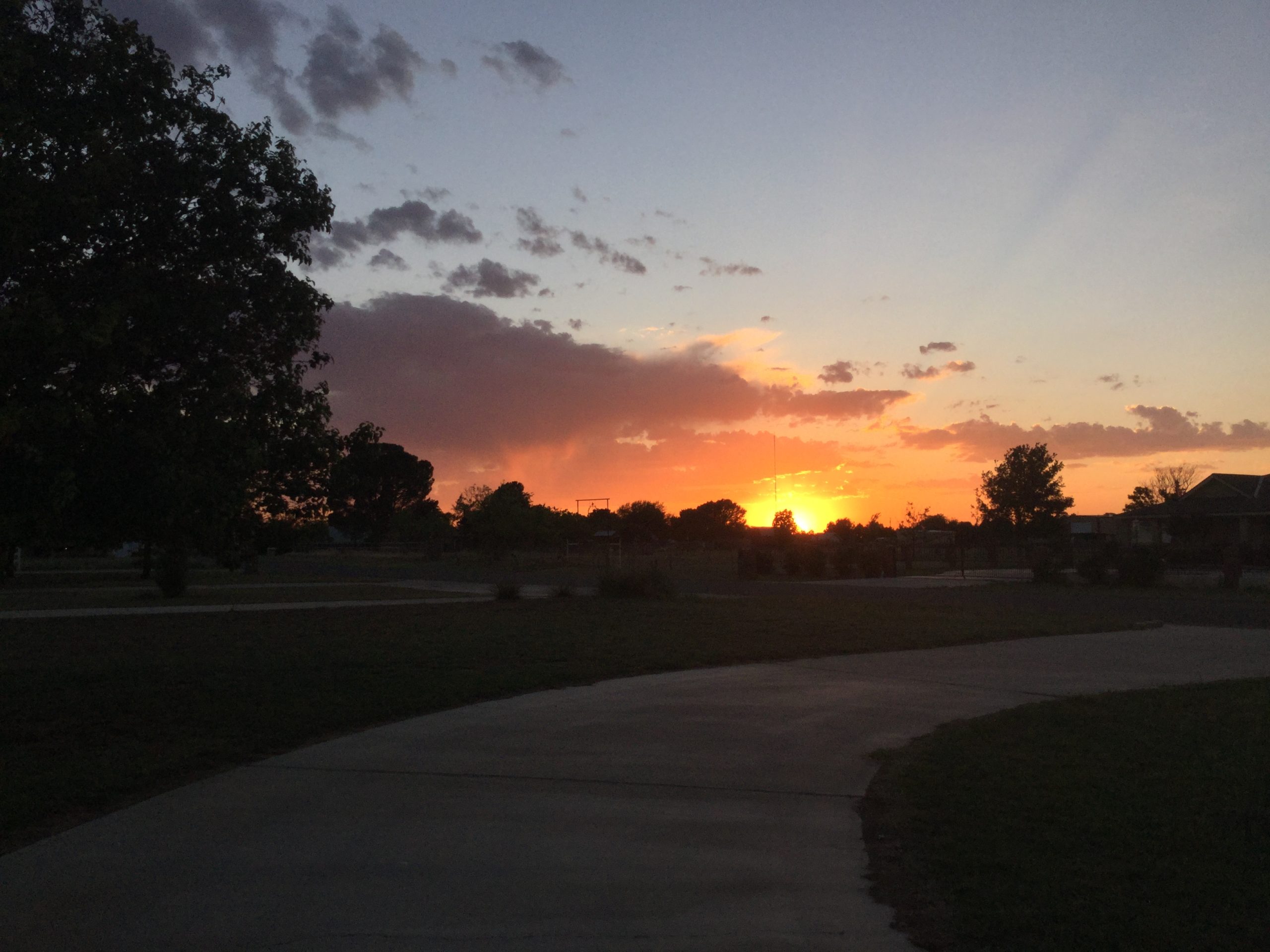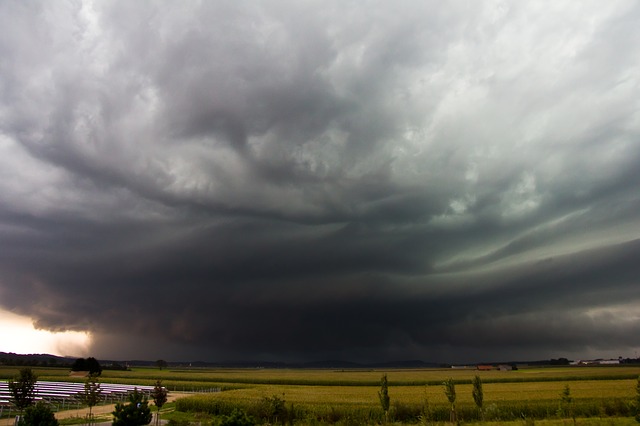Write Settings & Descriptions that MATTER
I consider myself a pretty fair writer. But I can face it–I’m never going to be as good with description as Delia Owens (Where the Crawdads Sing), or Pat Conroy (Prince of Tides), or even Steinbeck (Grapes of Wrath). If you are, you have my great respect.
Have you ever opened a book, and the author described the location of the novel with pages and pages of prose? I’ll tell you what, you’d better be as good as the above authors, or I’m bailing. Seriously.
BUT — I’d make the case that if you do settings and descriptions right, you don’t have to be that good!
Because to me, it always comes back to one thing – the most important thing: readers come to stories for characters. Yes, plots are important. But would you follow a thriller, or a mystery, or any other book who had as a protagonist, your completely forgettable music teacher from third grade (okay, maybe that was just mine). Where the Crawdads Sing is to me, a perfect example. Yes, she described one particular feather on one particular sea bird for like a half page. But her protagonist was a girl all alone, who raised herself in the marshes for decades. How could you not want to read on about her?
What if you spend a page describing a sunset? Yawn, right? We’ve all seen spectacular sunsets. There’s no way you can describe it better than our memories. So don’t try. Don’t describe things we know in great detail – it’s inviting skimming. Only describe things that would effect the character in an interesting way.

Can’t beat a West Texas Sunset
Here’s an example: What would a beautiful sunset mean to a man who has to report to prison the next day for a lifetime sentence? How would the way you describe it be different than a bride on her honeymoon, standing with her love on a beach in Hawaii?
Do you see what I mean? The beauty isn’t the point. It’s what the beauty means to the character that is interesting to the reader! It’s a great way to bring in emotion and even backstory.
Here’s the beginning of my novel, Nothing Sweeter:
She savored the sight of a solitary saguaro, standing sentinel on the flat Arizona landscape. She savored the red-tipped tipped ocotillo branches that waved in the stiff breeze of the Jeep’s passing. She even savored the chill air that swirled in, raising the hair on her body in an exquisite shiver.
God, it’s good to be out of prison.
Her face felt odd. Until she realized she was smiling.
The desert landscape is pretty, but do you feel the breeze of freedom blowing through her?
Setting can also put the reader in the scene, because it’s authentic. In my first published book, The Sweet Spot, I described the protagonist standing in her dooryard in Texas, the air smelling like hot dust and sunshine. My editor said that dust doesn’t smell (she also didn’t know what a dooryard was), proving she’d never been to Texas!

Storms have been used for centuries to foreshadow bad things coming. And since it has been, you have to do even a better job, tailoring the forbidding to your particular character. Here’s what I did with my July release, Cowboy for Keeps:
A half hour later when I step out the door, the wind hits me like a slap. I squint to keep churned-up dust out of my eyes. My blouse flutters against my skin on my walk to the car and I smell the ozone in the air. I glance to the foreboding horizon, feeling what Mrs. Wheelwright did—unsettled is a good word. It’s like the wind has gotten inside me and stirred up things there, too. Prickles of worry trickle into my stomach. “You’re being a ninny. We just haven’t had a big storm in so long, you forgot what it’s like.”
Still, I wish I could stay home today. Mrs. Wheelwright sure could use the help, because momma will be a handful with the storm. But I have hungry Unforgivans to feed, besides needing my paycheck to add to my roof fund. I open the car door and glance back—that house has seen eight decades of storms—it’ll handle many more.
This girl has the love of family – and not much more. No money to have the roof repaired on the old farmhouse they live in. Don’t you just know the storm is going to rip through her life, and churn up everything?
My logic follows with descriptions of people, too. We’ve all met many kinds of people, and there are some ‘types’ that are so prevalent to be almost archetypes. So instead of describing a ‘type’ we know, show us what’s different from the norm. Or, show how they are not what they appear to be.
Or, one more choice – what if you don’t want to take the time to describe a character? Use a comparison as a shortcut – like:
She had to smile at Junior’s massive backside in overalls, waddling beside her tall, lean father. Their personalities were the flip sides of a coin as well; her dad’s Atticus Finch to Junior’s Vinnie Gambini.
I’ll leave you with a photo from my vacation in the cool Colorado mountains. I live in a flat, hot, windy, desert area. Can you imagine how I drank in that setting, and what it meant to me?

Beaver Creek Reservoir, outside South Fork, CO
How about you? Can you give us an example of a setting or description from your writing?
You are a master of character and description. Pretty fair? You’re a comedian, too. You’re a stand-out, Mrs. Drake.
Awwww, thanks, Bev. You’re good at them yourself!